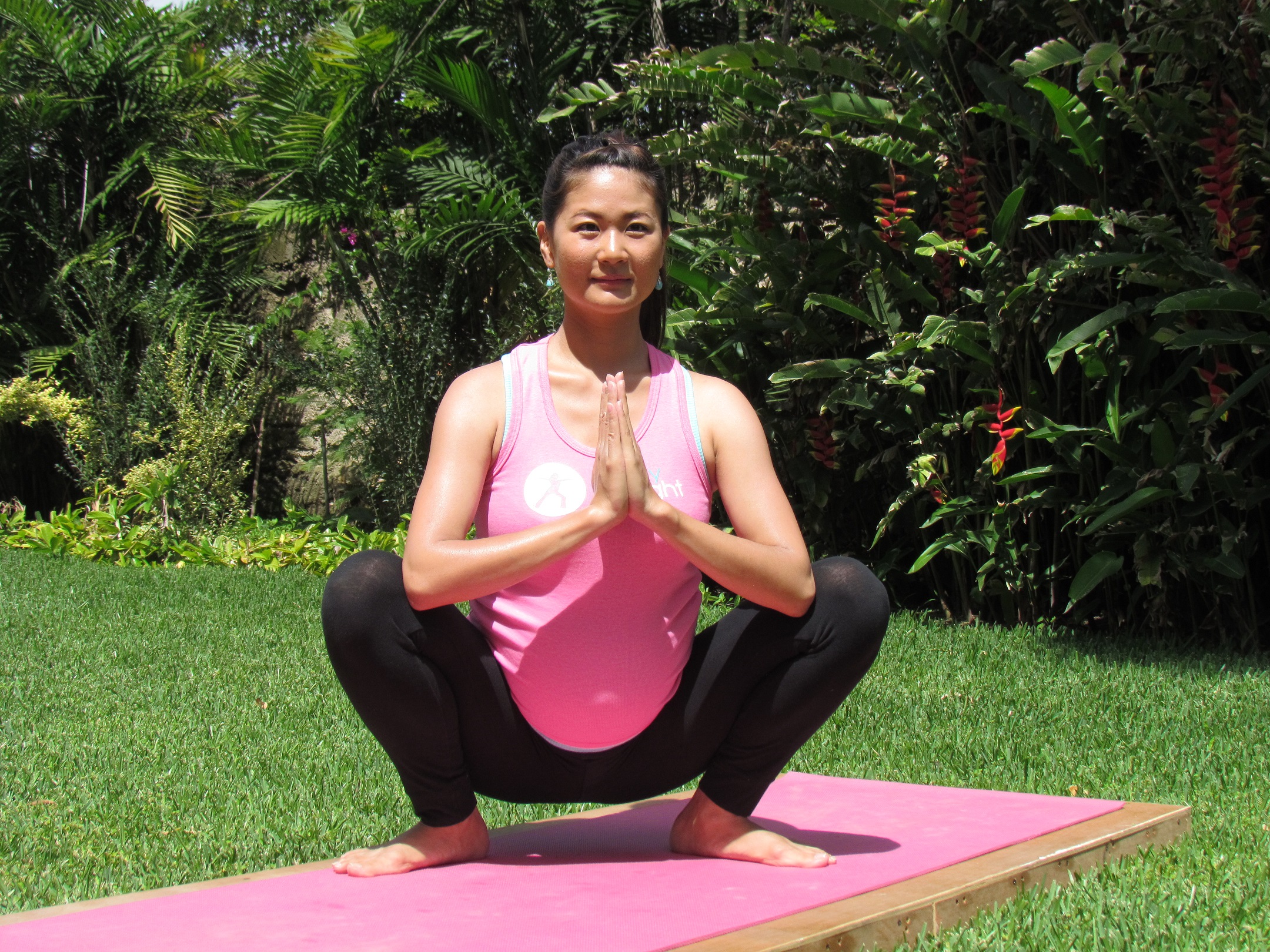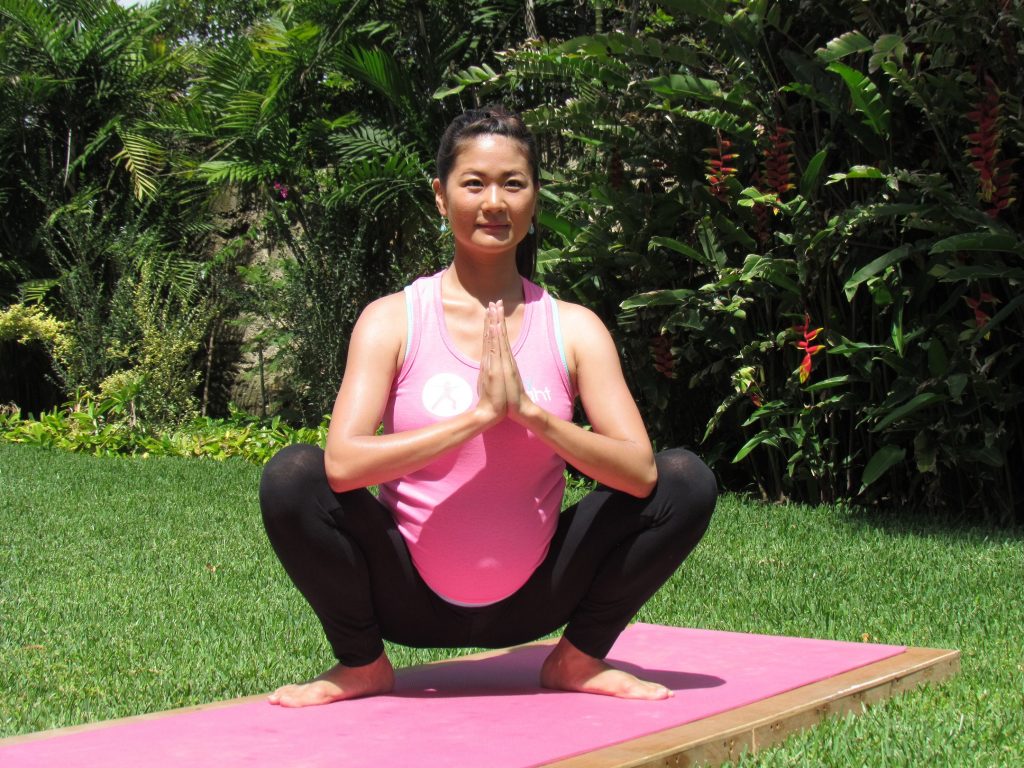You are happy to prepare to welcome new members of the family?
Need some methods to improve pregnancy health and appropriate relaxation? So prenatal yoga can be a great way to prepare for giving birth easily. Doing yoga enhances the movement from which your fetus is also healthier.
When you start doing yoga before you give birth, you need to learn about the specific benefits, class information, and important tips for this activity.

What are the benefits of prenatal yoga?
Like other health activities, prenatal yoga is a multifaceted approach to boosting your body’s flexibility and uplifting. This method involves a lot of the nervous system, breathing, whole organs and especially the endocrine system. Research shows that prenatal yoga is really safe and has many benefits for pregnant women as well as the fetus. The health benefits are referred to here as:

Improve sleep
Reduce stress and anxiety
Increase strength, flexibility and endurance of muscles. This is essential for you to bear enough to bear the birth.
Relieve lower back pain, nausea, wrist fatigue syndrome, headache and shortness of breath
Reduces the risk of premature birth, hypertension during pregnancy and limits fetal growth.
Practicing yoga before birth also helps you to meet with other women, get acquainted and share experiences with each other.
What exercises do pregnant yoga classes usually have?
A yoga class for pregnant women often involves exercises like:

Breath.
You will learn the tricks of deep and slow breathing through your nose. The “breathing” technique in yoga exercises helps you reduce the feeling of breathing difficulties during pregnancy and reduce the number of contractions.
Tough
You will be encouraged to move your body gently. Each movement will no longer be heavy, in this article you will also practice patience.
Posture.
While standing, sitting or lying on the ground, you will move your body gently. Keep them in different positions to train strength, flexibility and balance. Now use simple props such as sticks, pillows, belts … to support your postures to be comfortable and help you focus on breathing more. If you are unable to speak normally while you are practicing yoga, you are forcing yourself to do too difficult poses and movements.

Relax.
At the end of each yoga class for pregnant women, you will relax your muscles, restore your heart rate and breathing rate again. You will be encouraged by your instructor to listen to your breath, paying attention to your feelings, thoughts and emotions. Or you can use a repetitive “recitation” to calm your mind and improve your spirits.
Special safety principles for yoga exercises of pregnant women?
To protect your and your baby’s health during yoga before birth, you need to follow basic safety guidelines.
Careful advice
Before you start a prenatal yoga program, make sure you choose a good and reputable service provider. You cannot practice prenatal yoga if you are diagnosed with a premature birth or a medical condition, such as heart disease.
Goal Setting
You need to define your goals and specific time set. For most pregnant women, they should have at least 30 minutes of moderate physical activity on weekdays. However, if you have less than 30 minutes of exercise each time, you can still stay in shape and in good health.

Calm down and drink enough water
You should practice prenatal yoga in a cool room to avoid excessive sweating and exhaustion. Drink plenty of water during yoga to ensure your body is well hydrated.
Avoid certain poses
When performing postures of the exercise, avoid trying too hard on poses that are too difficult. This will cause unhealthy pressure. Do not make sudden changes unless you are experienced and experienced. For women to be more careful in the posture. You should ask your instructor to be careful when performing your movements properly to avoid unfortunate events.
Do not abuse
Practicing yoga before birth should pay attention to the feeling of the body. When practicing, pay attention to where you have problems such as pain in the position, or where there is any uncomfortable position to avoid postures that are beyond our strength. If you experience any abnormalities such as vaginal bleeding, decreased fetal movements or spasms during yoga, stop and contact your instructor.

How to choose a prenatal yoga class?
If you are interested and want to take a pre-natal yoga class, look for a curriculum taught by an instructor who has specialized training in yoga classes specifically for pregnant women. Come see and observe a class first to make sure you are comfortable with the center’s activities, the instructor’s style, the class size and the environment.
You need to know
There are many different yoga exercises. For pregnant women should choose gentle type like Hatha yoga. This type of yoga has postures associated with deep breathing, which helps you relieve stress.
Yoga like Bikram should be avoided. This type of yoga is done in a room with a temperature of about 95-105 degrees Fahrenheit (about 38-43 degrees Celsius), including meditation and concentration. Yoga Bikram is a combination of strength, cardiovascular system and flexibility. It is not easy to follow this type. Bikram yoga can increase body temperature too much, causing hyperthermia. In addition, other types of yoga are often too overwhelming for pregnant women.
If you’ve never done yoga and don’t have a lot of information on the subject, you should talk to your pregnancy instructor and recommend a suitable course.

